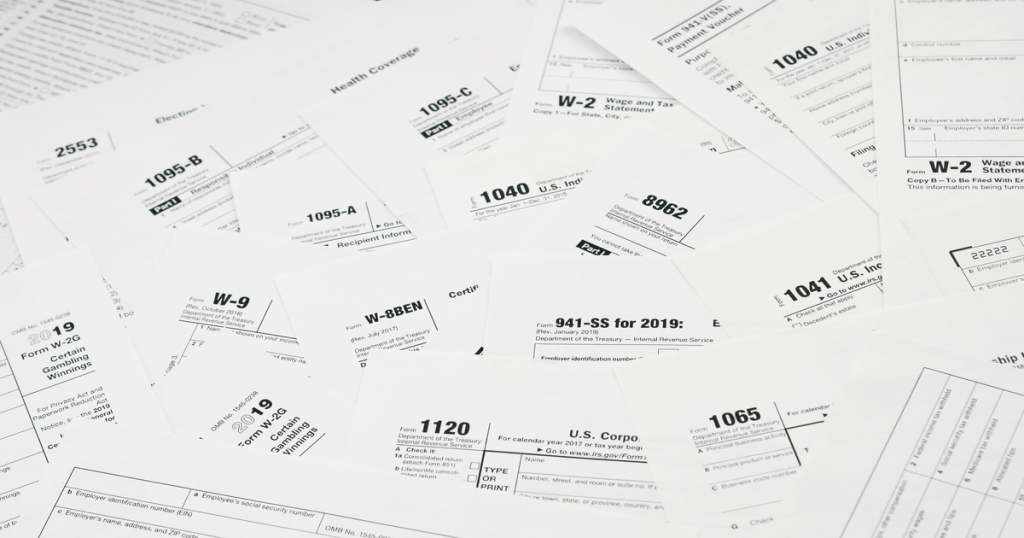India’s appetite for technology is tremendously growing. The country has emerged as the second-fastest digitizing economy amongst 17 leading economies of the world. This rapid growth helps propel India to the forefront of digital and technological innovations.
In the wake of streamlining tax compliances through digitization and offering easier access to information, the income tax department has recently introduced a new format for the Annual Information Statement (AIS) of the taxpayers.
So what exactly is AIS?
Understanding Annual Information Statement
AIS is a tool that enables you to see and verify the information of your financial transitions available with the taxmen. It also enables you to provide feedback in case of any discrepancy and update the information summary used for pre-filling of the income tax return.
In simple words, AIS tells you what the income tax department knows about you. It is a comprehensive statement that displays the details of all the financial transactions undertaken by you during a financial year. It helps you view all your tax-related information at one place.
AIS captures details of income earned by you from various sources such as salary, interest earned from saving and fixed deposits, dividend, remittances from abroad, sale and purchase of securities like mutual funds, bonds, equity shares, etc. In addition, it also reflects details related to TDS and TCS deposited against your PAN along with tax demand or refund, if any during the financial year.
For instance, if you have received Rs. 100 as dividend from your equity holdings, then such financial transaction will be reflected in the AIS. The inclusion of such marginal receipts will enable you to report the same in your ITR and pay tax on it. AIS will help jog your memory in case you forget to report this small amount.
The information displayed in AIS is split into two sections – Part A and Part B.
– Part A contains general information about you such as your name, date of birth, mobile number, e-mail address, PAN, masked Aadhar number and date of incorporation/formation in case of an entity.
– Part B contains comprehensive information about tax deducted and collected at source, Statement of Financial Transactions (SFT), tax payments, tax demand and refund and other such information.
Objective of Introducing Annual Information Statement
AIS is introduced with the main aim of bringing transparency into the system and providing a broader set of information to the taxpayers. Some of the key objectives of introducing AIS are as follows:
- It provides thorough information to the taxpayer about their financial transactions
- It offers them the ability to provide online feedback in case of any discrepancy
- It helps to discourage non-compliance
- It aims to encourage voluntary compliance by enabling a seamless and smooth process for prefilling of income tax return
How will AIS benefit you?
The biggest benefit of AIS is the ease of access. It gives you access to information that was not previously included in Form 26AS. With easy availability of information, you will be able to cross-check all the financial transactions undertaken by you and report the correct information in your income tax return. It will save you from the hassles of mismatch in the actual financial transaction and the data reported in the income tax return.
If you find incorrect information (relating to another person or assessment year or is duplicate) being reported, you have the facility to submit appropriate feedback both online as well as offline and it would be modified accordingly. The process of submitting feedback is very much simplified as you will be able to submit feedback online and get quick action on it.
You can easily download AIS information from the e-filing portal in PDF, JSON and CSV formats. Just click on the link ‘Annual Information Statement’ under the ‘Services’ tab on https://incometaxindia.gov.in/ and there you go!
In order to access the document, you will need to enter your PAN and date of birth in combination as a password. For instance, if your PAN is AAAAA000A and your date of birth is January 1, 1980, the password to access the document will be AAAAA0000A01011980.
In Conclusion
The government has been actively taking measures to avoid instances of tax evasions. Implementation of AIS will further tighten the system by eliminating the scope of hiding income by the taxpayers.
The new AIS provides additional categories of information beyond what Form 26AS provides at present. AIS intends to eventually replace Form 26AS, once it is fully validated and operational. Until then, both will exist in parallel.




